- Solar advice hub
- Solar-technology
- Polycrystalline solar panels: the expert guide
Polycrystalline solar panels: the expert guide
Here's what polycrystalline solar panels are, how they’re made, and why they’ve fallen out of favour.


Why you can trust our content
We know that the solar industry is full of misinformation, but we only use reliable sources, including:
- Our experienced solar experts, installers and system designers
- Our own database of solar & battery system designs
- Authoritative bodies like MCS and the UK government



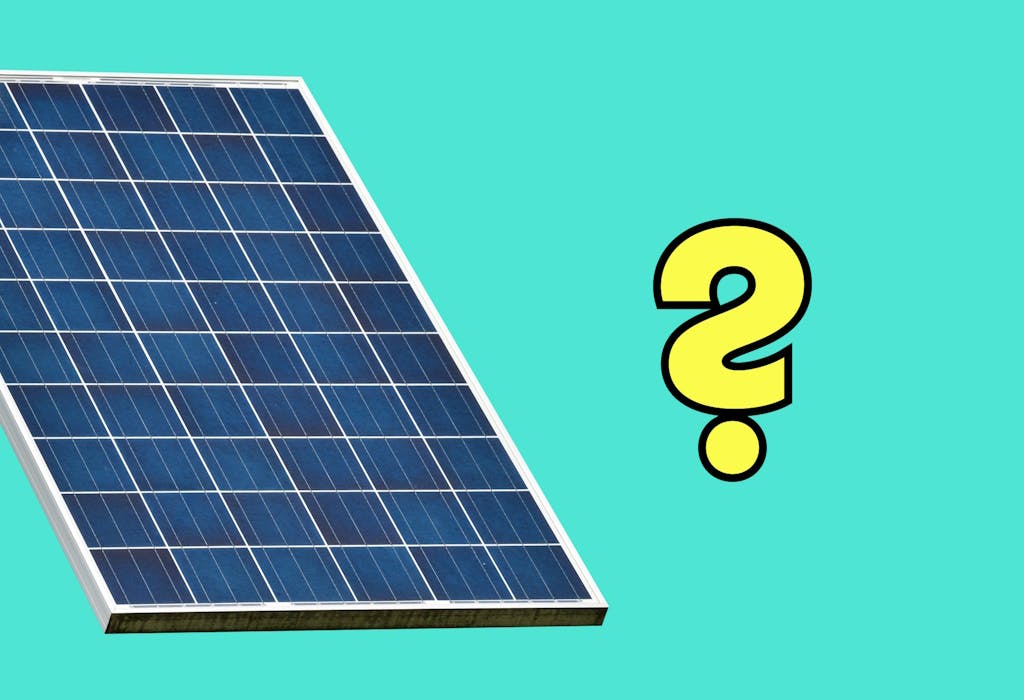
At a glance
Polycrystalline solar panels are now a thing of the past.
Monocrystalline modules have replaced them as the world’s most popular panel, to the extent that polycrystalline makes up 0% of all solar panel production (National Renewable Energy Laboratory, 2024).
The only blue panels you’ll see on roofs these days were installed a while ago, and won’t be as efficient, powerful, or long-lasting as modern monocrystalline panels.
In this guide, we’ll explain what polycrystalline solar panels are, how they’re made, and why they’ve fallen so far from their position as the most widely used domestic solar module.
Sunsave uses monocrystalline panels, which are superior to polycrystalline panels in every important way.
If you’re wondering how much you could save with one of our solar & battery systems, enter a few details below and we’ll generate a quick estimate.
What are polycrystalline solar panels?
Polycrystalline solar panels are the result of melted polysilicon being poured into moulds, which are cut into wafers and fashioned into solar cells.
This type of silicon panel dominated the UK market for decades, starting with the country’s very first domestic solar panel system in 1994.
But as monocrystalline panels became increasingly effective, this less technologically advanced version fell by the wayside.
Polycrystalline panels made up nearly 60% of global solar panel sales as recently as 2015, according to the National Renewable Energy Laboratory (NREL), but they’ve plummeted into insignificance since then.
Sales dropped gradually – down to around 50% in 2018 – then all at once. By 2021, 0% of global sales were polycrystalline panels, and that’s been the case ever since.
As the International Energy Agency (IEA) wrote in 2024: “the transition to [monocrystalline] PV modules advanced in 2023, and [polycrystalline] disappeared from the market.”
How are polycrystalline solar panels made?
They’re made with polysilicon – hence the name – which is produced by heating up quartzite in temperatures of about 1,700°C.
This process separates the quartzite, also known as silicon dioxide, by releasing the oxygen and leaving the silicon.
Since this silicon comes from many different chunks of quartzite, it’s called polysilicon. This material is refined via the Siemens process, channelled into large moulds, then sliced into wafers.
Workers will then print a grid pattern of metal contacts onto these wafers, giving them the ability to carry electric current, before affixing them to glass or plastic, and attaching a backsheet and frame.
The resulting product is blue, since the existence of multiple silicon crystals creates grain boundaries that cause light to be scattered before being absorbed.
This requires the electrons to use more energy as they flow through, which reduces the panel’s efficiency, output, and lifespan.
Monocrystalline solar panels, on the other hand, undergo an extra step known as the Czochralski method, which turns polysilicon into a single ingot that ultimately leads to black solar panels.
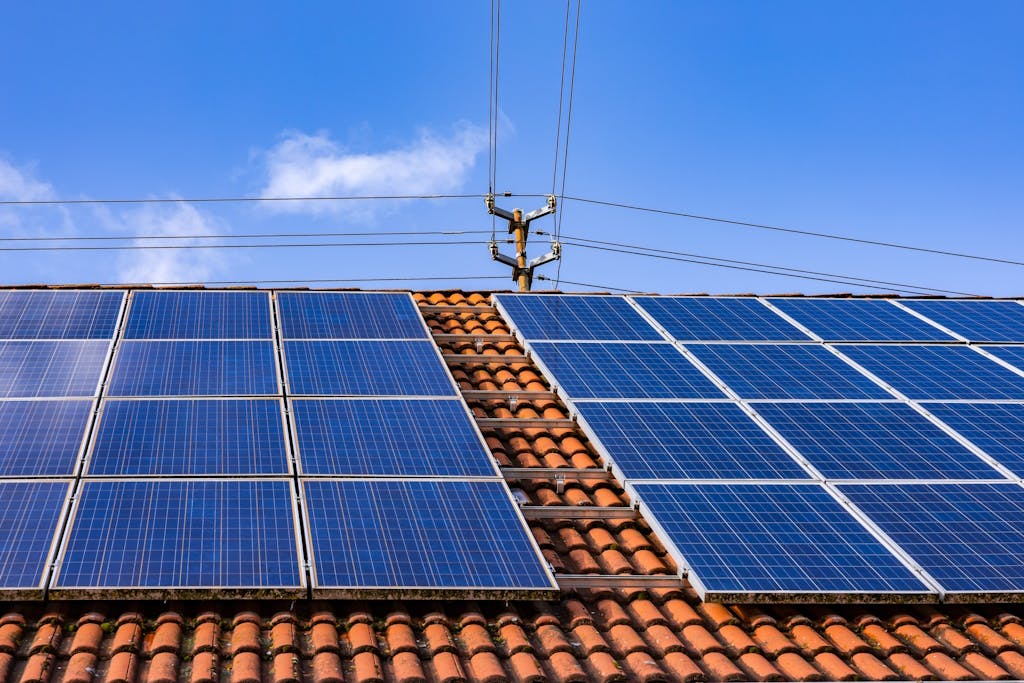
What are the characteristics of polycrystalline solar panels?
Polycrystalline solar panels are one of the most efficient, powerful, long-lasting types of solar panels in history – but they’ve been rapidly outpaced on all fronts by monocrystalline modules.
This is why they’ve sunk into irrelevance when it comes to new installations.
For a period, their relatively cheap price was broadly appealing, until it became clear that the increased savings achieved with monocrystalline panels were well worth the extra initial cost.
Efficiency
Solar panel efficiency refers to the percentage of daylight that a panel can turn into electricity.
You can calculate it yourself – not that you’d ever need to – by dividing your panel’s power rating by its size. The resulting figure is its watts per m², which is equivalent to its efficiency.
By getting solar panels with the highest efficiency rating possible, you can generate more electricity with the same roof space – raising your savings.
Polycrystalline solar panels were usually between 18% and 21% before they fell out of circulation, according to the IEA.
The highest ever efficiency achieved by a polycrystalline panel was 20.4%, back in 2019, which didn’t represent a whole lot of progress in the 25 years since 1994, when scientists hit 15.3%.
The most efficient solar panels on the market have ratings of 20-25% – and they’re all monocrystalline panels.
Power
The solar industry measures a panel’s power by testing how much electricity it can produce in standard test conditions (STC).
These conditions involve the panel being kept at 25°C as a 1,000-watt (W) per m² light source is directed at it, through an air mass of 1.5 – all of which simulates consistent sunlight.
A panel that generates 400W in this test is classified as a 400W panel, and should produce exactly twice as much electricity as a 200W module, all things being equal.
In 2010, the standard polycrystalline solar panel had a power rating of 290W, according to data analysts Wood Mackenzie.
Since then, they’ve progressed to a power rating of around 345W, all while staying around 20% less powerful than monocrystalline panels.
And that’s not even taking into account the top monocrystalline models, which have power ratings of 500W and above, all the way up to and beyond 700W (to learn more, check out our list of the most powerful solar panels).
A panel’s efficiency rating is more important than its power, since you only have a limited amount of roof space – but polycrystalline panels aren’t succeeding in either category.
Sunsave uses monocrystalline panels, which are superior to polycrystalline panels in every important way, including power and efficiency.
If you’re wondering how much you could save with one of our solar & battery systems, enter a few details below and we’ll generate a quick estimate.
Lifespan
Polycrystalline solar panels generally last 25-30 years.
This is a decent return – it’s the same lifespan as solar tiles, and considerably higher than thin-film solar panels, which last around 10-20 years.
However, it’s clearly inferior to monocrystalline modules, which have an lifespan of 30-40 years.
We may all be significantly underestimating how long solar panels last, though. Oldenburg University in Germany installed its own 3.46 kilowatt-peak (kWp) polycrystalline system in 1976 – and it’s still functioning extremely well.
An Oldenburg representative told Sunsave that the panels “feed more than 3,000 kilowatt-hours of electricity into the grid per year.”
The best performance warranties on the most advanced modern-day panels fall well short of this level – and these modules were made five decades ago.
Aesthetics
The blue colour of polycrystalline solar panels is generally seen as worse than the sleek, black appearance of monocrystalline modules.
It means polycrystalline panels stand out more, which makes your system a constant, visible feature of your home, instead of blending seamlessly into the background.
As proud as you should be of your solar panels, you don’t want them to be the only part of your home that guests notice.
How much do polycrystalline solar panels cost?
Polycrystalline solar panels now make up 0% of global production, so you almost certainly won’t find an installer offering to install a new polycrystalline system for any price.
You can pay for used solar panels, but this is usually a bad idea. You’ll find it difficult to get a top installer to fit them for you, and their efficiency and output may have dropped to the point where it’s not worth the cost of installation.
And since it won’t be a certified installation, you also won’t be able to sign up to a solar export tariff, which is one of the main financial benefits of going solar. You also won’t receive any solar maintenance support.
If you want more information about buying a first-hand system, check out our guide to solar panel costs – though it’s all about monocrystalline panels, since they make up 98% of the global market.
And if you want to avoid the high upfront cost of going solar, you should consider Sunsave Plus, which is the UK’s first solar subscription. This means you can switch to solar with no upfront cost, and instead pay a fixed monthly fee for 20 years. Learn more here.
The falling popularity of polycrystalline solar panels
They still sit on many residential rooftops around the world, but barely any manufacturers are making polycrystalline panels anymore – because they’re worse in pretty much every way.
0% of all global solar panel sales are polycrystalline, to the nearest percentage, according to the NREL.
This represents a sharp decline from the polycrystalline peak in 2015, when just under 60% of all panels sold across the world had that characteristic blue hue.
The technological advances made in monocrystalline solar panels, combined with material efficiency gains that reduced production costs, caused manufacturers to quickly pivot from polycrystalline to monocrystalline.
Polycrystalline panels’ rapid fall from 50% of global sales to 0% shows how committed the industry is to prioritising excellence, with no room for bargain products.
Are polycrystalline solar panels worth it?
Polycrystalline solar panels aren’t worth it – and since they’re not being sold first-hand anymore, the question is more or less redundant.
This isn’t a new state of affairs, though. Ever since monocrystalline panels became the dominant product on the market, they’ve been the better choice financially.
Even if polycrystalline modules were still available, they don’t generate as much electricity per m² as monocrystalline panels and don’t last as long.
Sunsave only uses monocrystalline solar panels, and many of our customers are seeing excellent savings with them.
Have a look at our reviews page to read their verdicts on our panels and more.
Polycrystalline solar panels: FAQs

Monocrystalline solar panels: the expert guide
Read full story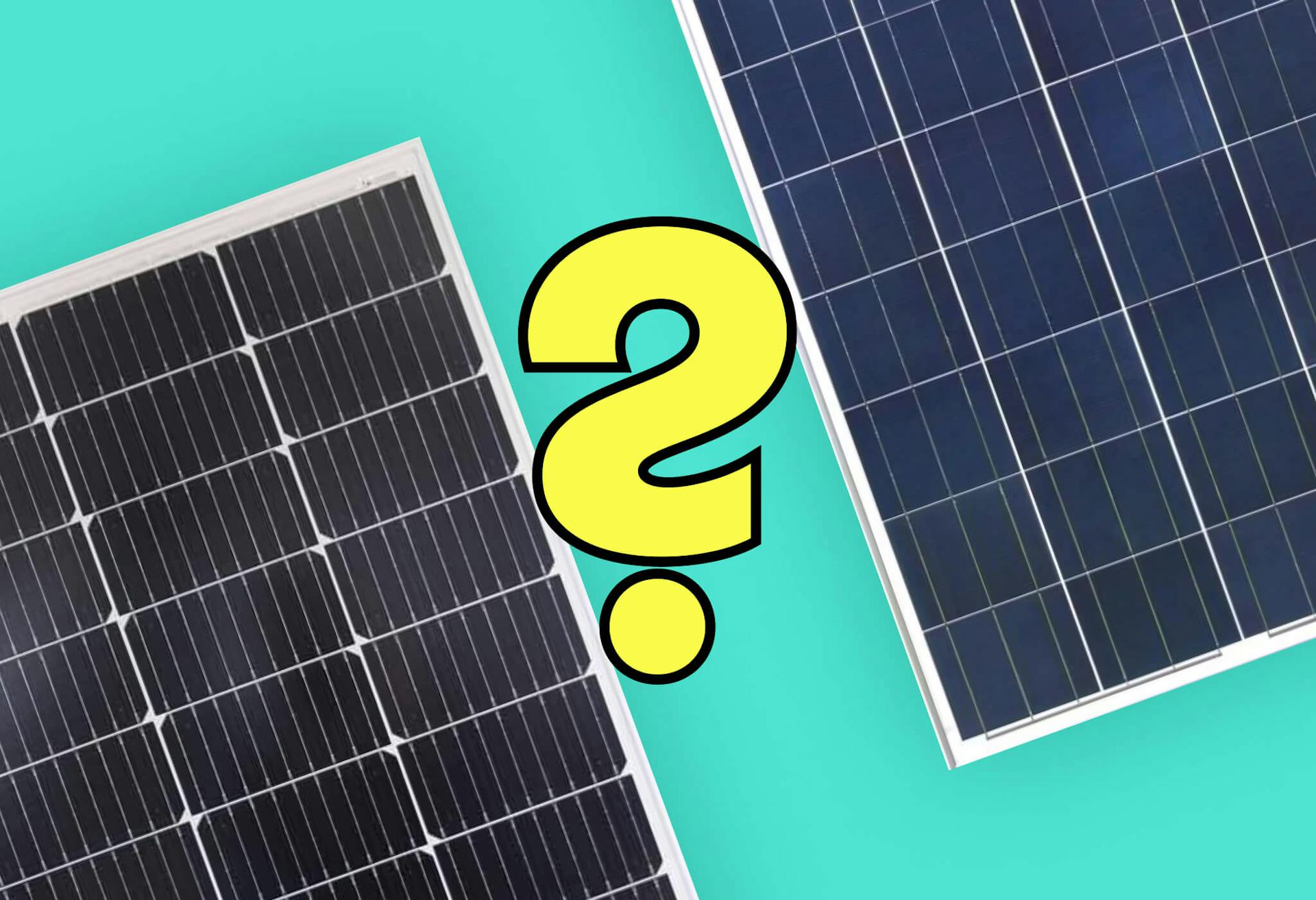
The 6 different types of solar panels
Read full story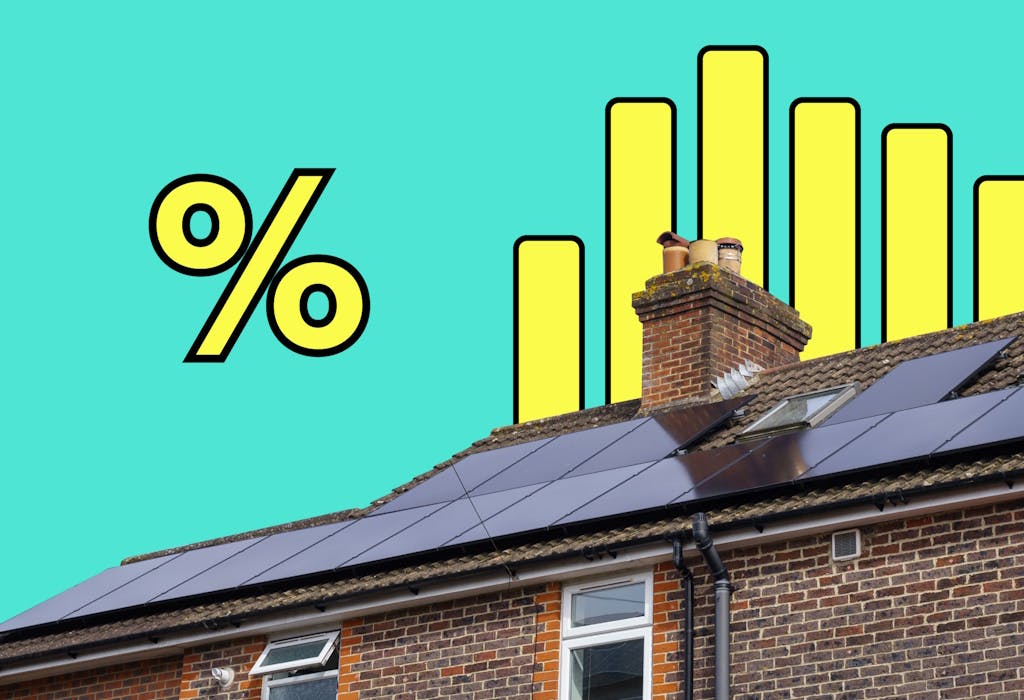
The 9 most efficient solar panels
Read full story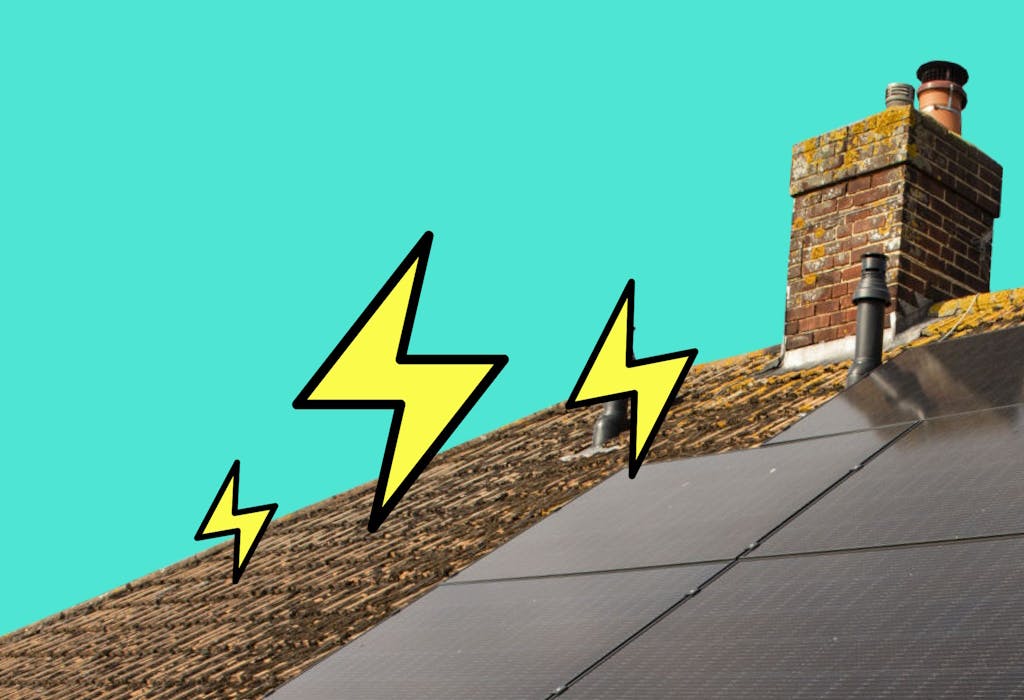
The 9 most powerful solar panels
Read full story
Written byJosh Jackman
Josh has written about the rapid rise of home solar for the past six years. His data-driven work has been featured in United Nations and World Health Organisation documents, as well as publications including The Eco Experts, Financial Times, The Independent, The Telegraph, The Times, and The Sun. Josh has also been interviewed as a renewables expert on BBC One’s Rip-Off Britain, ITV1’s Tonight show, and BBC Radio 4 and 5.